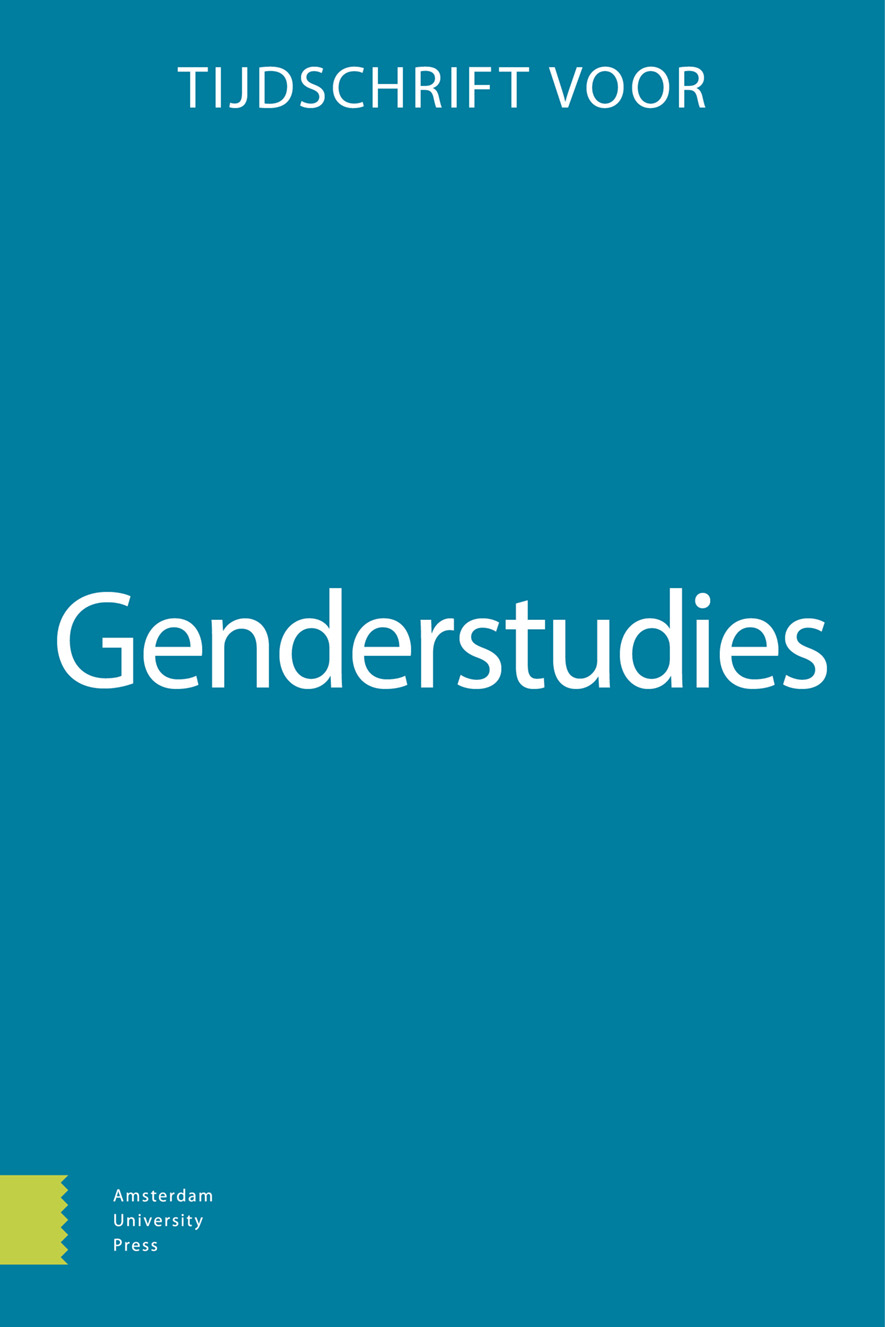-
oa Integratie: Toverwoord of verdwijntruc?
Gender in het curriculum van opleidingen geschiedenis aan Nederlandse universiteiten
- Amsterdam University Press
- Source: Tijdschrift voor Genderstudies, Volume 19, Issue 2, Jun 2016, p. 205 - 223
Abstract
In this article, we evaluate the integration of gender as a category of historical analysis within the curriculum of history programmes at seven Dutch universities. We do so as ‘integration’ was the term used by most of our informants to characterise the inclusion of gender in the curriculum. We understand integration to mean attention for gender in all courses or wherever appropriate, which – we suggest – does not exclude courses that specifically focus on gender history. Throughout the article, gender history is used in a broad sense as including ‘women’s history’. We have interviewed lecturers and students at the different universities and analysed their programme brochures for the year 2015-2016. Furthermore, we have studied how, in history theses for the year 2015, gender as a category of analysis is used. Many of the lecturers we spoke with stated firmly that ‘integration’ is aimed for at their university. But, how exactly is this idea of ‘integration’ understood and effected in practice? Is it a case of wishful thinking, a magic solution, or is it rather a disappearing act? We conclude that, while integration is a noble ambition, in order for this to be truly successful it is necessary to make such policies more explicit.


